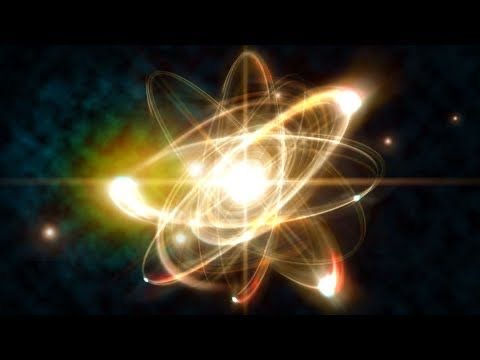Chinese terracotta warriors: what you may not know
- Юджин Ли
- Jun 5
- 3 min read
Updated: Jun 19

The Qin Shi Huang Underground Palace is one of the largest imperial mausoleums built for one person.
It is not difficult to understand why China's life-size terracotta army can earn the unofficial nickname "the eighth wonder of the world". The militia of 8,000 people is evidence of exceptional skill and cooperation on a huge scale, not to mention the power of one person's devotion to the desire for eternal life.
The 2,200-year-old monument is located northeast of the city of Xi'an in Shaanxi province and extends over 56 square kilometers, making it the largest burial place in the world. It was built by a legion of craftsmen on behalf of Qin Shi Huang, a ruthless leader who proclaimed himself the first emperor of China in 221 BC.
Despite the scale and greatness of the army, there were no records of its existence, and it remained buried for more than two millennia. It was only thanks to a group of local farmers who came across clay fragments during the construction of a well in 1974 that the terracotta army became a world-famous tourist attraction and an archaeological miracle that it is today.
Since its discovery, four pits have been dug, the first of which contained thousands of inanimate soldiers standing in line and possessing bronze weapons. Despite their age, the warriors are in excellent condition, demonstrating an exceptional level of detail from their individual haircuts to the texture of their armor. Each of them has an average height of 1.8 meters, which makes them above average height for the citizens of the Qin Dynasty. According to archaeologists, they would once have been painted - just like ancient Greek statues - but over the centuries they were discolored as a result of air exposure.
Soldiers are believed to be one of the earliest known examples of mass production. According to the Metropolitan Museum, heads, weapons and other parts would be made separately before assembly. Then the clay will be applied to the surface, which will increase individualization.
But it's not just soldiers. The site also has more than 130 chariots and 600 horses, as well as officials, musicians, bronze waterfowl and even a troupe of acrobats, which suggests that it's not so much an army as a whole yard.
"We found that the underground pits are an imitation of a real organization in the Qin Dynasty," the Smithsonian Institution said. "People thought that when the emperor died, he took a lot of soldiers of the potter's army with him. Now they understand that he took a whole political system with him."
Historians believe that the courtyard was built to serve Qin Shi Huang in the afterlife. Qin Shi Huang, the ruler who united China, introduced a single currency and created a standardized writing system, was also obsessed with death and the search for eternal life. He consulted with alchemists, looked for "Islands of Immortals" and drank elixirs containing mercury - an unhealthy habit that, ironically, could lead to an early grave.
Fifty years after its discovery, archaeologists have just begun to reveal the secrets of Qin Shi Huang's underground palace, a burial site believed to contain more than 600 pits. Moreover, the Emperor's tomb itself remains strictly secret. Although there are no unfounded fears that the tomb may contain traps and toxic levels of mercury, the main reason for its constant secrecy is the fear that the excavation of the tomb could cause serious damage.


















Comments